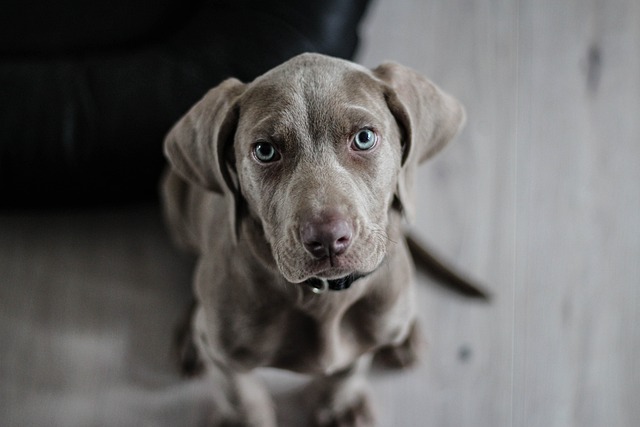
How to dog obedience training?
Dog obedience training isn’t just about teaching tricks—it’s how you build trust and keep your pup safe in busy neighborhoods, like when kids run by the park or a delivery truck rumbles down the street.
Dog obedience training isn’t just about teaching tricks—it’s how you build trust and keep your pup safe in busy neighborhoods, like when kids run by the park or a delivery truck rumbles down the street. Start small: focus on one command at a time, such as “sit” or “stay,” and use tiny, tasty treats your dog loves—think bits of cooked chicken or store-bought training bites. Keep sessions short, around 5 to 10 minutes, so your dog stays focused and doesn’t get bored.
Remember, consistency is key. Use the same command every time, like always saying “come” instead of mixing it with “here boy.” If you live in a city with leash laws—common in places like New York or London—practice walking calmly on a leash during training too. Pulling or tugging can make walks stressful, so reward your dog with a treat when they stay by your side. This not only helps with obedience but also keeps you both compliant with local rules.
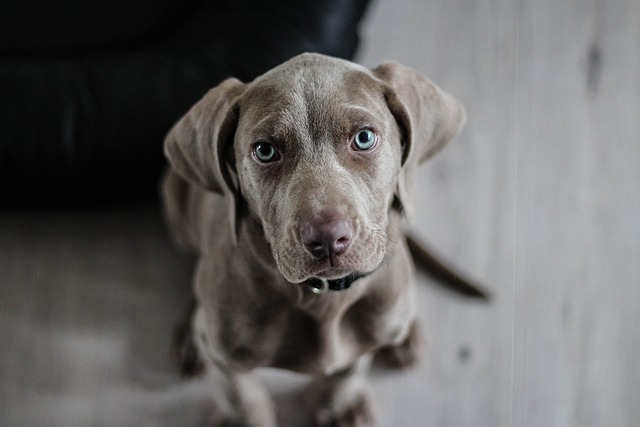 Positive reinforcement works better than scolding. If your dog messes up a command, just ignore the mistake and try again later. Yelling or punishment can make them scared, which slows down learning. For example, if you’re teaching “down” and your dog stands up instead, wait a few seconds then gently guide them into the down position and give a treat when they hold it. Over time, they’ll connect the action to the reward.
Positive reinforcement works better than scolding. If your dog messes up a command, just ignore the mistake and try again later. Yelling or punishment can make them scared, which slows down learning. For example, if you’re teaching “down” and your dog stands up instead, wait a few seconds then gently guide them into the down position and give a treat when they hold it. Over time, they’ll connect the action to the reward.
Don’t forget to factor in your dog’s energy level. A high-energy breed like a Border Collie might need more mental stimulation during training, while a laid-back Basset Hound could take things slower. Also, check your local area’s specific dog laws—some places require proof of training for certain breeds or have rules about off-leash areas. Following these laws keeps your dog safe and helps maintain good relationships with neighbors.
As your dog gets better at basic commands, you can move to more advanced ones, like “wait” at crosswalks or “leave it” when they spot a stray toy. Celebrate small wins—even if it’s just a perfect “sit” in a busy park. Training should be fun for both of you, not a chore. The more you bond during these sessions, the more responsive your dog will be in everyday situations.
By staying patient, consistent, and using positive methods, you’ll build a strong foundation of obedience with your dog. This doesn’t just make daily life easier—it also ensures you’re following local laws and being a responsible pet owner. Whether you’re training a puppy or an older dog, the time you spend together will strengthen your relationship and create a happy, well-behaved companion.

Dog obedience training isn’t just about teaching tricks—it’s how you build trust and keep your pup safe in busy neighborhoods, like when kids run by the park or a delivery truck rumbles down the street.

You're standing in the pet store aisle holding a collapsible metal crate, wondering if this purchase will be your new puppy's safe haven or an emotional prison.
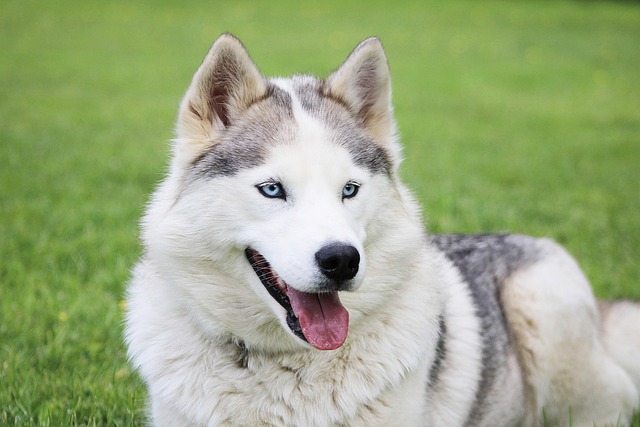
You've set up the perfect crate with a cozy bed and treats, but after three days your new rescue still whines when you close the door.
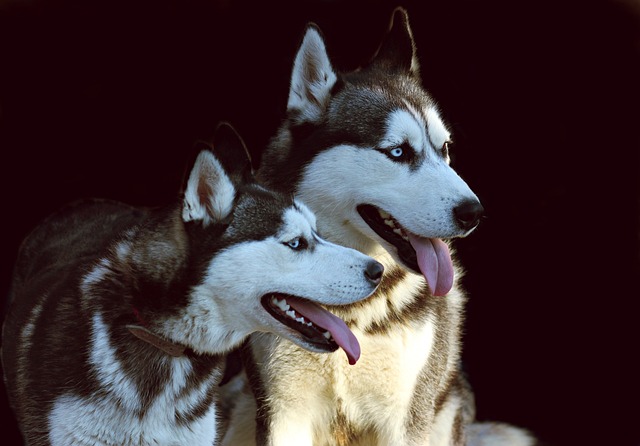
You’ve followed all the advice—bought the perfectly sized crate, stocked up on fancy treats, and even got that cozy orthopedic bed

That hesitant look your rescue shepherd gives the crate—standing frozen three feet away, tail tucked—tells you everything about how he feels about enclosed spaces.
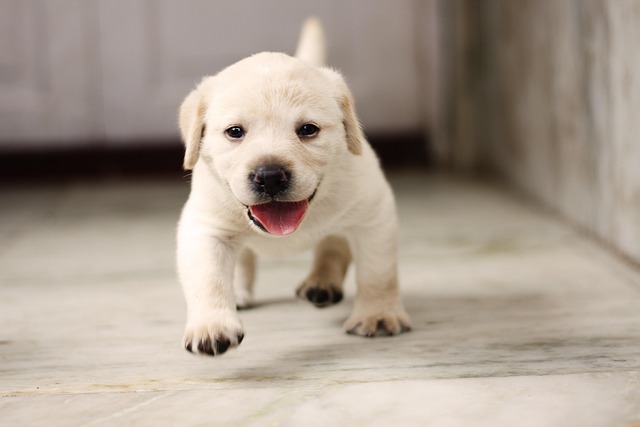
Yorkies are tiny, energetic pups, but their small size can make house training tricky—especially when they start leaving little messes around the house.